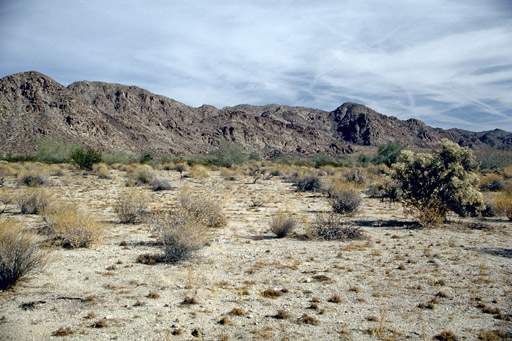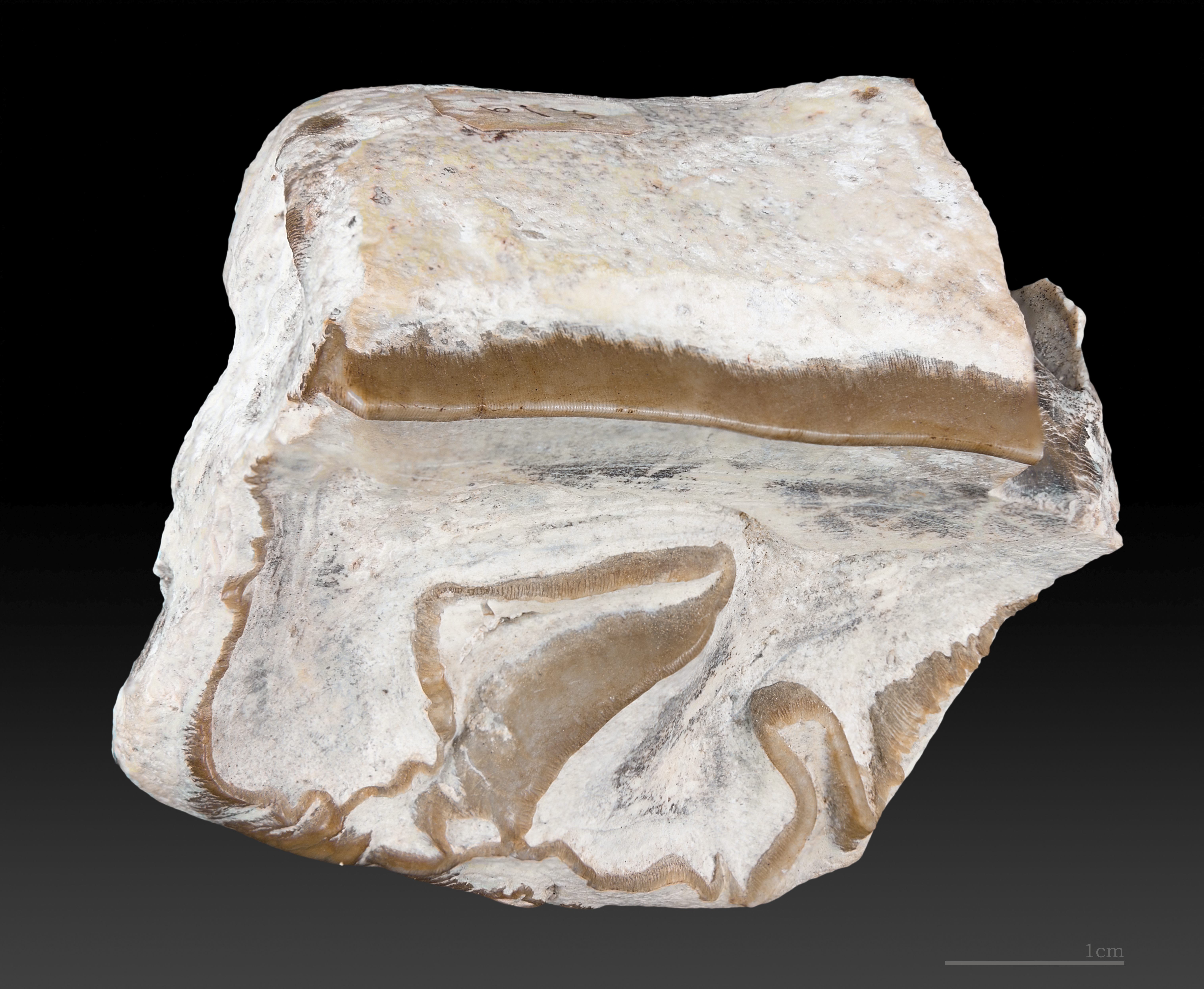|
Aptostichus Bonoi
''Aptostichus bonoi'', or Bono's Joshua Tree trapdoor spider, is a morphological species of Euctenizidae spiders, nocturnal arthropods who seize their prey after leaping out of their burrows and inject it with venom. The species was found in Joshua Tree National Park, California, and described by the Auburn University professor Jason Bond in 2012. Only seven species of '' Aptostichus'' were known prior to 2012, including the Angelina Jolie trapdoor spider. Etymology The species was named after the Irish rock band U2's singer Bono in honor of the band's 1987 album '' The Joshua Tree''. Description Unlike males of the rest of the '' Aptostichus'' species, male specimens of ''A. bonoi'' and '' A. fisheri'' barely have scopula pads and possess short but distinctive spines on the ventral surface of tarsus I. The two species differ in that ''A. bonoi'' has significantly more spines on the retrolateral surface of tibia I. ''A. bonoi'' is one of only two sympatric species ... [...More Info...] [...Related Items...] OR: [Wikipedia] [Google] [Baidu] |
Jason Bond
Jason E. Bond is a Professor of Entomology and the Schlinger Chair in Insect Systematics at the University of California, Davis. He was previously Professor of Biology, Chair of the Department of Biological Sciences and Director of the Auburn University Museum of Natural History at Auburn University. When he was an associate professor with the Department of Biology at East Carolina University, he discovered the spider '' Myrmekiaphila neilyoungi'' and numerous other species in the genus '' Aptostichus''. He went to undergraduate school at Western Carolina University, majoring in biology in 1993. He then went to receive his M.S. in Biology (1995) and Ph.D. in Evolutionary Systematics and Genetics (1999) from Virginia Tech. On August 6, 2008, Bond appeared on ''The Colbert Report'', where he named the spider ''Aptostichus stephencolberti'' after host Stephen Colbert. See also * Entomology * Arachnology Arachnology is the scientific study of arachnids, which comprise spiders ... [...More Info...] [...Related Items...] OR: [Wikipedia] [Google] [Baidu] |
Arthropod Leg
The arthropod leg is a form of jointed appendage of arthropods, usually used for walking. Many of the terms used for arthropod leg segments (called podomeres) are of Latin origin, and may be confused with terms for bones: ''coxa'' (meaning hip, plural ''coxae''), ''trochanter'', ''femur'' (plural ''femora''), ''tibia'' (plural ''tibiae''), ''tarsus'' (plural ''tarsi''), ''ischium'' (plural ''ischia''), ''metatarsus'', ''carpus'', ''dactylus'' (meaning finger), ''patella'' (plural ''patellae''). Homologies of leg segments between groups are difficult to prove and are the source of much argument. Some authors posit up to eleven segments per leg for the most recent common ancestor of extant arthropods but modern arthropods have eight or fewer. It has been argued that the ancestral leg need not have been so complex, and that other events, such as successive loss of function of a ''Hox''-gene, could result in parallel gains of leg segments. In arthropods, each of the leg segments ... [...More Info...] [...Related Items...] OR: [Wikipedia] [Google] [Baidu] |
Endangered Fauna Of California
An endangered species is a species that is very likely to become extinct in the near future, either worldwide or in a particular political jurisdiction. Endangered species may be at risk due to factors such as habitat loss, poaching and invasive species. The International Union for Conservation of Nature (IUCN) Red List lists the global conservation status of many species, and various other agencies assess the status of species within particular areas. Many nations have laws that protect conservation-reliant species which, for example, forbid hunting, restrict land development, or create protected areas. Some endangered species are the target of extensive conservation efforts such as captive breeding and habitat restoration. Human activity is a significant cause in causing some species to become endangered. Conservation status The conservation status of a species indicates the likelihood that it will become extinct. Multiple factors are considered when assessing the s ... [...More Info...] [...Related Items...] OR: [Wikipedia] [Google] [Baidu] |
Spiders Of The United States
Spiders (order Araneae) are air-breathing arthropods that have eight legs, chelicerae with fangs generally able to inject venom, and spinnerets that extrude silk. They are the largest order of arachnids and rank seventh in total species diversity among all orders of organisms. Spiders are found worldwide on every continent except for Antarctica, and have become established in nearly every land habitat. , 50,356 spider species in 132 families have been recorded by taxonomists. However, there has been debate among scientists about how families should be classified, with over 20 different classifications proposed since 1900. Anatomically, spiders (as with all arachnids) differ from other arthropods in that the usual body segments are fused into two tagmata, the cephalothorax or prosoma, and the opisthosoma, or abdomen, and joined by a small, cylindrical pedicel, however, as there is currently neither paleontological nor embryological evidence that spiders ever had a separat ... [...More Info...] [...Related Items...] OR: [Wikipedia] [Google] [Baidu] |
Fauna Of The Colorado Desert
California's Colorado Desert is a part of the larger Sonoran Desert. It encompasses approximately , including the heavily irrigated Coachella and Imperial valleys. It is home to many unique flora and fauna. Geography and geology The Colorado Desert is a subdivision of the larger Sonoran Desert encompassing approximately . The desert encompasses Imperial County and includes parts of San Diego County, Riverside County, and a small part of San Bernardino County, California, United States. Most of the Colorado Desert lies at a relatively low elevation, below , with the lowest point of the desert floor at below sea level, at the Salton Sea. Although the highest peaks of the Peninsular Ranges reach elevations of nearly , most of the region's mountains do not exceed . In this region, the geology is dominated by the transition of the tectonic plate boundary from rift to fault. The southernmost strands of the San Andreas Fault connect to the northernmost extensions of the East Pacif ... [...More Info...] [...Related Items...] OR: [Wikipedia] [Google] [Baidu] |
Endemic Fauna Of California
Endemism is the state of a species being found in a single defined geographic location, such as an island, state, nation, country or other defined zone; organisms that are indigenous to a place are not endemic to it if they are also found elsewhere. For example, the Cape sugarbird is found exclusively in southwestern South Africa and is therefore said to be ''endemic'' to that particular part of the world. An endemic species can be also be referred to as an ''endemism'' or in scientific literature as an ''endemite''. For example ''Cytisus aeolicus'' is an endemite of the Italian flora. ''Adzharia renschi'' was once believed to be an endemite of the Caucasus, but it was later discovered to be a non-indigenous species from South America belonging to a different genus. The extreme opposite of an endemic species is one with a cosmopolitan distribution, having a global or widespread range. A rare alternative term for a species that is endemic is "precinctive", which applies to s ... [...More Info...] [...Related Items...] OR: [Wikipedia] [Google] [Baidu] |
List Of Organisms Named After Famous People (born 1950–present)
In biological nomenclature, organisms often receive scientific names that honor a person. A taxon (e.g. species or genus; plural: taxa) named in honor of another entity is an eponym, eponymous taxon, and names specifically honoring a person or persons are known as patronym (taxonomy), patronyms. Scientific names are generally formally published in peer-reviewed journal articles or larger monographs along with descriptions of the named taxa and ways to distinguish them from other taxa. Following rules of Latin grammar, species or subspecies names derived from a man's name often end in ''-i'' or ''-ii'' if named for an individual, and ''-orum'' if named for a group of men or mixed-sex group, such as a family. Similarly, those named for a woman often end in ''-ae'', or ''-arum'' for two or more women. This list is part of the list of organisms named after famous people, and includes organisms named after famous individuals born on or after the 1st of January 1950. It also includes ense ... [...More Info...] [...Related Items...] OR: [Wikipedia] [Google] [Baidu] |
Conservation Status
The conservation status of a group of organisms (for instance, a species) indicates whether the group still exists and how likely the group is to become extinct in the near future. Many factors are taken into account when assessing conservation status: not simply the number of individuals remaining, but the overall increase or decrease in the population over time, breeding success rates, and known threats. Various systems of conservation status exist and are in use at international, multi-country, national and local levels as well as for consumer use. International systems IUCN Red List of Threatened Species The IUCN Red List of Threatened Species is the best known worldwide conservation status listing and ranking system. Species are classified by the IUCN Red List into nine groups set through criteria such as rate of decline, population size, area of geographic distribution, and degree of population and distribution fragmentation. Also included are species that have gone e ... [...More Info...] [...Related Items...] OR: [Wikipedia] [Google] [Baidu] |
Type Locality (biology)
In biology, a type is a particular specimen (or in some cases a group of specimens) of an organism to which the scientific name of that organism is formally attached. In other words, a type is an example that serves to anchor or centralizes the defining features of that particular taxon. In older usage (pre-1900 in botany), a type was a taxon rather than a specimen. A taxon is a scientifically named grouping of organisms with other like organisms, a set that includes some organisms and excludes others, based on a detailed published description (for example a species description) and on the provision of type material, which is usually available to scientists for examination in a major museum research collection, or similar institution. Type specimen According to a precise set of rules laid down in the International Code of Zoological Nomenclature (ICZN) and the International Code of Nomenclature for algae, fungi, and plants (ICN), the scientific name of every taxon is almos ... [...More Info...] [...Related Items...] OR: [Wikipedia] [Google] [Baidu] |
Paratype
In zoology and botany, a paratype is a specimen of an organism that helps define what the scientific name of a species and other taxon actually represents, but it is not the holotype (and in botany is also neither an isotype nor a syntype). Often there is more than one paratype. Paratypes are usually held in museum research collections. The exact meaning of the term ''paratype'' when it is used in zoology is not the same as the meaning when it is used in botany. In both cases however, this term is used in conjunction with ''holotype''. Zoology In zoological nomenclature, a paratype is officially defined as "Each specimen of a type series other than the holotype.", ''International Code of Zoological Nomenclature'' In turn, this definition relies on the definition of a "type series". A type series is the material (specimens of organisms) that was cited in the original publication of the new species or subspecies, and was not excluded from being type material by the author (t ... [...More Info...] [...Related Items...] OR: [Wikipedia] [Google] [Baidu] |
Pitfall Trap
A pitfall trap is a trapping pit for small animals, such as insects, amphibians and reptiles. Pitfall traps are a sampling technique, mainly used for ecology studies and ecologic pest control. Animals that enter a pitfall trap are unable to escape. This is a form of passive collection, as opposed to active collection where the collector catches each animal (by hand or with a device such as a butterfly net). Active collection may be difficult or time-consuming, especially in habitats where it is hard to see the animals such as thick grass. Structure and composition Pitfall traps come in a variety of sizes and designs. They come in 2 main forms: dry and wet pitfall traps. Dry pitfall traps consist of a container (tin, jar or drum) buried in the ground with its rim at surface level used to trap mobile animals that fall into it. Wet pitfall traps are basically the same, but contain a solution designed to kill and preserve the trapped animals. The fluids that can be used in these tra ... [...More Info...] [...Related Items...] OR: [Wikipedia] [Google] [Baidu] |




.jpg)

.jpg)

